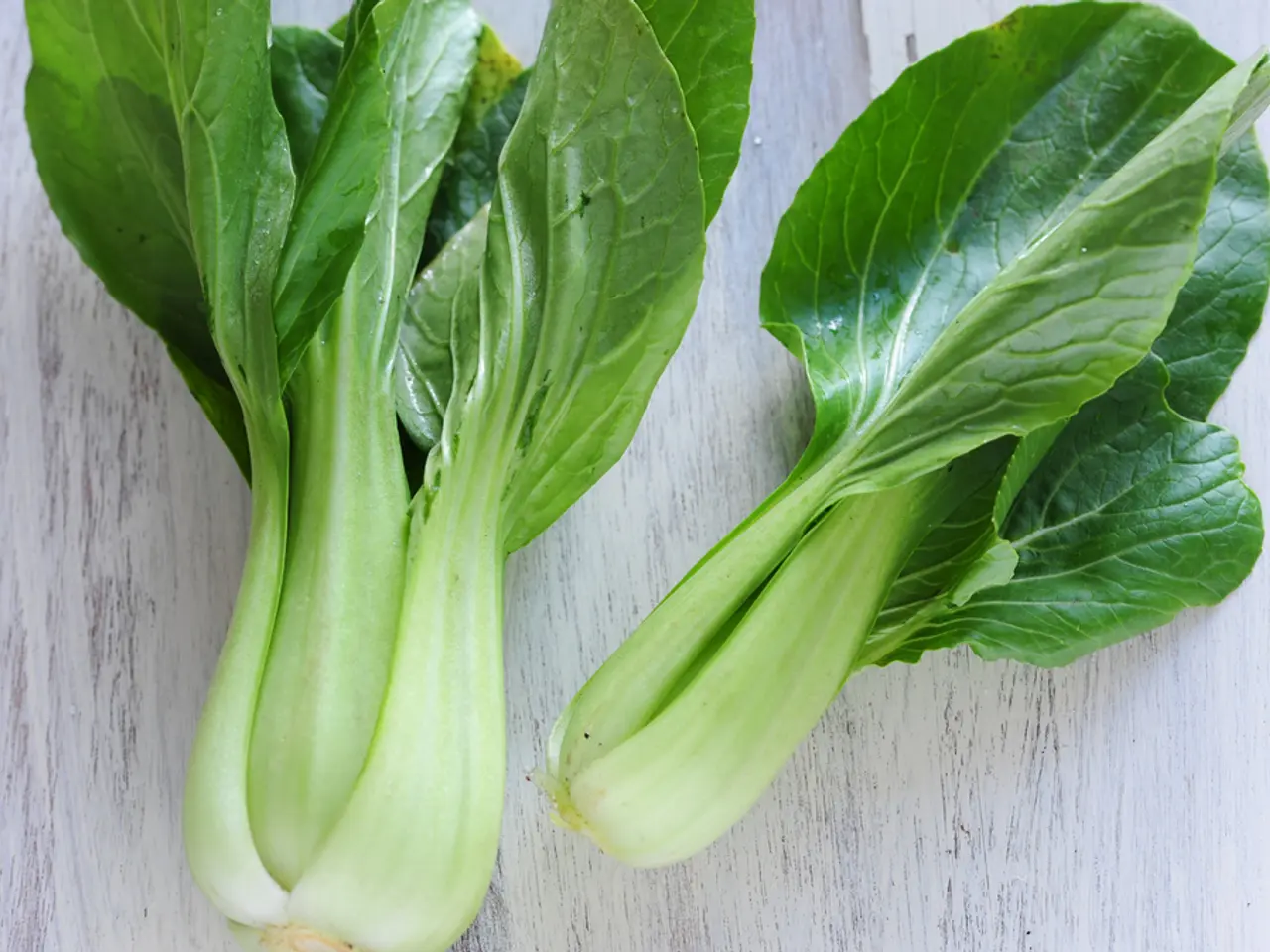Growing Produce with Monty's Guidance
As the weather warms up and the risk of frost decreases, May is an ideal time to transplant many crops. Here's a comprehensive guide on the best practices for transplanting various common vegetables during this period.
General Tips for Transplanting in May
- Soil Preparation: Ensure the soil is well-tilled, loose, and rich in organic matter with good drainage.
- Hardening Off: Gradually acclimate seedlings to outdoor conditions over 7-10 days before transplanting.
- Planting Depth: Transplant at the same depth they were growing in seed trays/pots to avoid stem rot.
- Watering: Water seedlings thoroughly before transplantation and keep soil consistently moist afterward.
- Spacing: Follow recommended spacing for each crop to ensure adequate airflow and room for growth.
- Timing: Transplant in the cooler part of the day, ideally early morning or late afternoon.
- Protection: Use row covers or cloches if late frosts or pests are a concern.
Best Practices for Transplanting Specific Crops in May
1. Tomatoes
- Transplant after last frost when soil is at least 60°F (15.5°C).
- Plant deep, burying part of the stem to encourage stronger roots.
- Support plants early with stakes or cages.
- Space 18-24 inches apart.
2. Peppers
- Soil temperature should be warm (around 65-70°F or 18-21°C).
- Transplant seedlings deeply but not as deep as tomatoes (just cover root ball).
- Space 12-18 inches apart.
- Protect from cold nights with row covers if needed.
3. Cabbage, Broccoli, Cauliflower
- These cool-season crops transplant well in early May in most areas.
- Harden off seedlings; transplant when 4-6 true leaves form.
- Space 18-24 inches apart in rows 24-36 inches apart.
- Keep soil moist and weed-free for best growth.
4. Lettuce and Leafy Greens
- Transplant seedlings when 3-4 weeks old.
- Space 8-12 inches apart.
- Partial shade or shading can help prevent bolting in warmer late spring weather.
- Keep soil consistently moist.
5. Eggplants
- Transplant after soil has warmed to 65°F (18°C) or higher.
- Space 18-24 inches apart.
- Provide full sun and consistent water.
- Harden off thoroughly to avoid transplant shock.
6. Herbs (Basil, Parsley, Cilantro)
- Transplant when seedlings have 4-6 true leaves.
- Space 6-12 inches depending on herb type.
- Basil prefers warmer soil; parsley and cilantro can handle cooler soils.
Additional Tips
- Mulching after transplanting helps conserve moisture and suppress weeds.
- Avoid fertilizing immediately with high nitrogen; use balanced or starter fertilizer if needed.
- Monitor regularly for pests and diseases, especially in newly established plants.
If you have specific crops in mind, tailored advice can be provided. May is also the month where many young plants, including tomatoes, have grown strong enough to be moved to their final growing spots. Happy transplanting!
- After preparing the soil for transplanting in May, you can start incorporating home-and-garden activities like gardening by transplanting vegetables such as tomatoes, peppers, cabbage, broccoli, cauliflower, lettuce, leafy greens, eggplants, and herbs like basil, parsley, and cilantro.
- To maintain a healthy lifestyle and home-and-garden balance, remember to provide adequate spacing between plants for proper growth and air circulation, water your plants consistently, and protect them from late frosts or pests if necessary.




